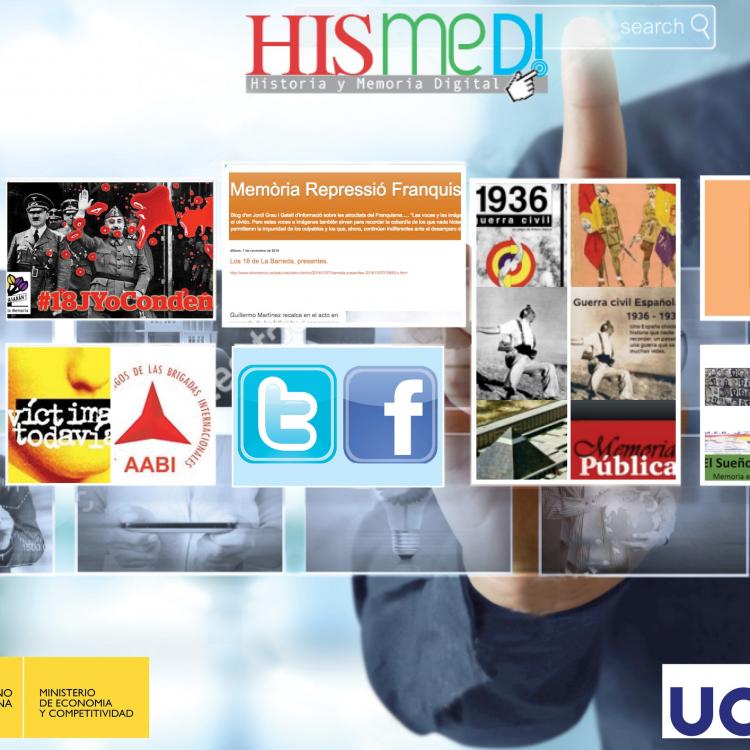Hismedi: Guerra Civil y Franquismo
The great facts of History are reproduced and stored, to a large extent, in the media. Since the 1990s, the Internet has become one of the main pillars of the communication infrastructure of society, a daily tool both in its aspect of creation and dissemination of news and in its character as a world archive. It is configured, above all, in a large repository of the knowledge of our time that is disseminated through digital media, and formats accessible to citizens, whether they are blogs, websites, wikis, portals, or even through social networks in which is having a relevant role Facebook and Twitter.
The starting hypothesis affirms that the representation of History and Historical Memory in the online environment has cognitive effects on citizens and outlines a specific knowledge due to the fact that the process of digitization, multimediaization and hypertextualization potentially changes the way in which the past is framed. We also point out the hypothesis that suggests that the historical and memorialistic production that is reproduced in these media has an important social and cultural content and deals, not only with the great protagonists of our past, but with ordinary citizens and social agents of second level, thus conforming a narrative with a different profile to that carried out with conventional media. Citizen participation and the collaborative possibility on which the online environment is based,Web 2.0 and social media are decisive for this new approach to the past. However, this extension of knowledge may be superficial and not collect the discoveries or contributions of the researchers.
The questions that arise are, Who are the authors? What are the sources and the mode of production? How does the digital medium determine the dissemination of historical content? What challenges does research face in this new, changing and fluid environment? What are the opportunities it offers to improve the content and disseminate it? In short, the aim is to find out how historical knowledge is represented, who and how it is generated, how it is socialized in digital media and what challenges it poses.

